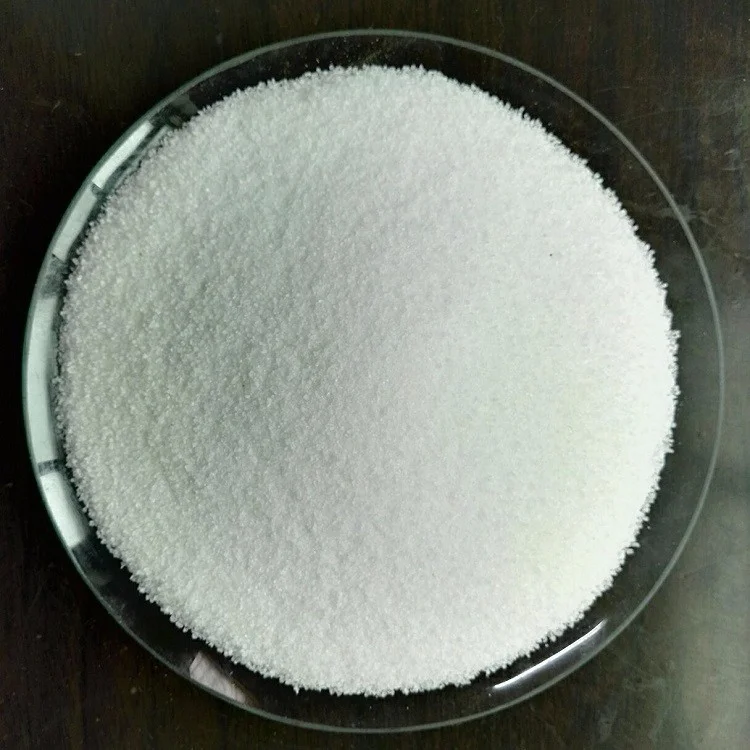Drilling fluid additives are an integral part of drilling engineering. They can improve the performance of drilling fluids, increase drilling efficiency, and ensure the safe operation of downhole equipment. Drilling fluid additives are chemicals used to improve the performance of drilling fluids. They can be divided into many types, each with its own unique properties and uses. This article will discuss the classification of drilling fluid additives, hoping to provide some useful information for practitioners in related fields.

First, we can classify drilling fluid additives from the perspective of chemical composition. According to different chemical compositions, drilling fluid additives can be divided into two categories: organic additives and inorganic additives. Organic additives usually refer to some organic polymers, such as polymer gels, polymer dispersants, etc., which can improve the viscosity, rheological properties, and stability of drilling fluids. Inorganic additives include some mineral powders, metal salts, etc., which are usually used to adjust the density, PH value, and ion content of drilling fluids.
Secondly, we can classify drilling fluid additives from a functional perspective. According to their different functions in the drilling process, drilling fluid additives can be divided into various types such as dispersants, gelling agents, thickeners, emulsifiers, and fluid loss additives. Dispersants are mainly used to disperse and stabilize solid particles in drilling fluids, gelling agents are used to increase the viscosity of drilling fluids, thickeners are used to improve the load-bearing capacity of drilling fluids, emulsifiers are used to stabilize oil-water emulsions, and fluid loss agents Used to reduce the ability of drilling fluid to invade the formation.
In addition, we can also classify drilling fluid additives from the perspective of the source. According to their different sources, drilling fluid additives can be divided into two categories: natural additives and synthetic additives. Natural additives usually refer to some substances extracted from natural resources, such as clay, starch, etc. They have natural advantages and characteristics, but they also have the disadvantages of limited resources and unstable quality. Synthetic additives are substances obtained through chemical synthesis, such as polymers, surfactants, etc. They have the advantages of stable quality and controllable performance, but they also have the disadvantage of high production costs.
Finally, we can classify drilling fluid additives from the perspective of application fields. According to their specific applications in drilling engineering, drilling fluid additives can be divided into multiple categories such as drilling fluid basic additives, well wall stabilizing additives, and downhole operation additives. Drilling fluid basic additives are mainly used to adjust the basic properties of drilling fluid, such as density, viscosity, etc.; well wall stabilizing additives are mainly used to enhance the stability of the good wall and prevent well wall collapse; downhole operation additives are mainly used to improve the conditions of downhole operations. , such as reducing wellbore resistance and improving the service life of downhole equipment.
In summary, the classification of drilling fluid additives is a complex and diverse system of engineering, and different classification methods can help us better understand and apply these additives. In practical applications, we need to select appropriate additives based on specific drilling conditions and needs and use them in reasonable combinations to achieve the best drilling results. We hope that this article will be helpful to practitioners in related fields, and everyone is welcome to conduct more in-depth research and discussion on the classification methods of drilling fluid additives.
https://www.scdbwhb.com/Classification-and-Application-of-Drilling-Fluid-Additives.html